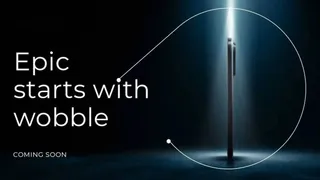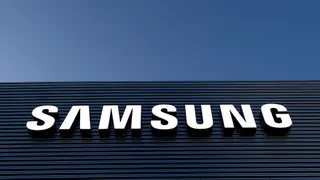- By Prateek Levi
- Wed, 19 Nov 2025 09:10 PM (IST)
- Source:JND
The classic Apple versus Android debate always resurfaces whenever a fresh flagship hits the market, but this time the comparison goes deeper than displays or cameras. A new report turns the spotlight on a component that rarely gets the same attention as silicon or sensors.
Apple’s new N1 wireless networking chip in the iPhone 17 series has become the focal point of a broader performance analysis that spans Google’s Pixel 10 lineup, Samsung’s Galaxy S25 series and Xiaomi’s 15T. Drawing on six weeks of global Speedtest Intelligence data gathered after the iPhone 17 launch, analysts tested how Apple’s custom Wi-Fi hardware measures up against Qualcomm, MediaTek and Broadcom-powered Android flagships.
ALSO READ: Snapchat’s New Topic Chats Turn Viral Moments Into Real-Time Public Conversations
The findings paint a surprisingly mixed picture. In pure global Wi-Fi performance, Apple and Google sit almost side by side. The Pixel 10 Pro took the narrow lead in global median download speeds at 335.33 Mbps, edging past the iPhone 17 family’s 329.56 Mbps. But when network conditions deteriorate, Apple’s N1 chip shows its strength. At the 10th percentile, the iPhone 17 delivered 56.08 Mbps, slightly above the Pixel 10 Pro’s 53.25 Mbps, suggesting that Apple’s hardware is tuned to stay steadier when networks fluctuate.
Recommended For You
Xiaomi enters the conversation with something entirely different. The 15T Pro, running on MediaTek’s Wi-Fi platform inside the Dimensity 9400(+) chip, delivered standout upload numbers across every measured percentile. It also posted the best peak download speeds at 887.25 Mbps and registered the lowest median latency worldwide at 15 ms. For those who prioritise responsiveness over raw throughput, this is the device that sets the pace.
Huawei’s Pura 80 series presents a contrast. Its in-house “self-developed chip-level collaboration” performs competitively when limited to non 6 GHz networks, even ranking second in Wi-Fi 6 upload speeds in Southeast Asia at 603.61 Mbps. Yet without 6 GHz support, it falls behind rivals at the high end, where peak speeds depend heavily on the newest Wi-Fi spectrum.
The wider dataset highlights the growing impact of Wi-Fi 7 and 6 GHz availability. Across Android devices, median download speeds on 6 GHz were at least 77 per cent faster than on 5 GHz, and the jump from Wi-Fi 6 to Wi-Fi 7 delivered a similar boost. But real-world access varies sharply by region. In North America, over 20 per cent of Galaxy S25 Wi-Fi samples came from 6 GHz networks, while Europe and Northeast Asia saw only 5 per cent, and the Gulf region registered just 1.7 per cent.
ALSO READ: Snapchat’s New Topic Chats Turn Viral Moments Into Real-Time Public Conversations
All of this leads to a clear takeaway. Apple’s new N1 chip makes the iPhone 17 lineup a genuine Wi-Fi powerhouse, but Android flagships like the Pixel 10 Pro and Xiaomi 15T Pro continue to push boundaries in their own categories. The race for wireless dominance remains open.
A separate comparison between the iPhone 17 and iPhone 16 shows how significant Apple’s generational gains really are. Despite similar on-paper specifications, the Speedtest Intelligence data indicates a measurable and consistent leap in real performance. Analysts compared several countries with stable sample sets, including the US, UK, Germany, Japan, Italy and India. In every one of these markets, the iPhone 17 outperformed the iPhone 16 in download speeds. This trend held steady even in regions with everyday Wi-Fi conditions, which suggests the improvements stem from hardware rather than early adopter bias.
The gap widens across all percentiles. The iPhone 17 posted a global median download speed of 329.56 Mbps, nearly 40 per cent faster than the iPhone 16’s 236.46 Mbps. Upload speeds moved from 73.68 Mbps to 103.26 Mbps. More interestingly, the N1 chip delivered a stronger jump in the weakest 10th percentile than in the strongest 90th, mirroring the performance profile of Apple’s C1 modem. In practice, users get a more stable and predictable connection across varied environments. At the lowest-performing 10th percentile, speeds were more than 60 per cent higher than those on the iPhone 16, compared with a little over 20 per cent at the top end.
ALSO READ: Elon Musk’s Optimus Has A Chinese Rival, And It’s Focusing On ‘Human-Like Behaviours’
The result is a device that not only excels in ideal conditions but also maintains its edge when networks become less reliable. The iPhone 17 series demonstrates Apple’s push toward consistency rather than peaks alone, reinforcing how much its custom silicon shapes the real-world Wi-Fi experience.





